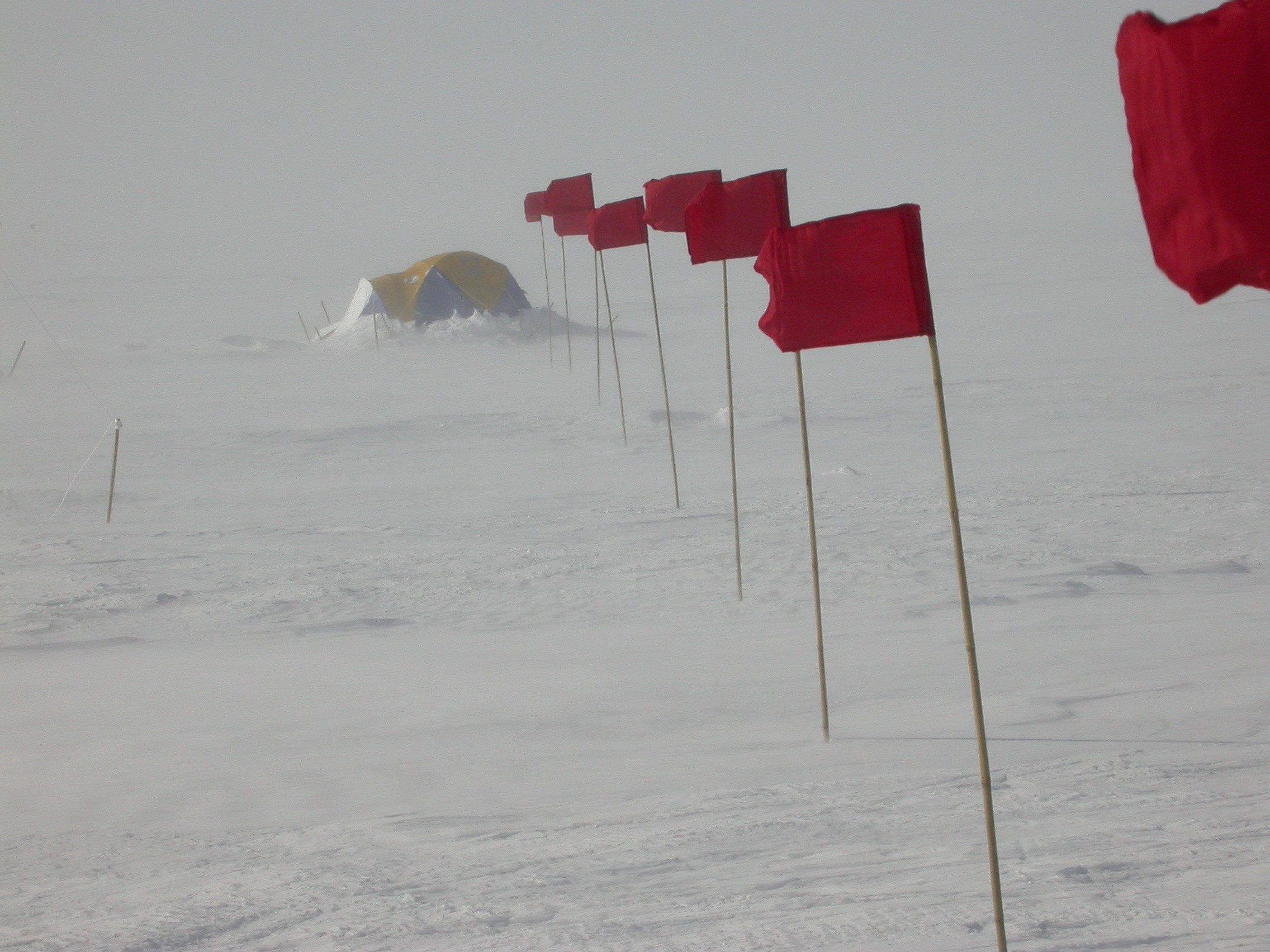
© Ted Scambos, NSIDC/University of Colorado-BoulderBlowing snow conditions at a camp site near Vostok Station in Antarctic summer.
From the
AGU and the "but, but, the continent is melting!" department.
Tiny valleys near the top of Antarctica's ice sheet reach temperatures of nearly minus 100 degrees Celsius (minus 148 degrees Fahrenheit) in the winter, a new study finds. The results could change scientists' understanding of just how low temperatures can get at Earth's surface, according to the researchers.
Scientists announced in 2013 they had found the lowest temperatures on Earth's surface: Sensors on several Earth-observing satellites measured temperatures of minus 93 degrees Celsius (minus 135 degrees Fahrenheit) in several spots on the East Antarctic Plateau, a high snowy plateau in central Antarctica that encompasses the South Pole. But the researchers revised that initial study with new data and found the temperatures actually reach minus 98 degrees Celsius (minus 144 degrees Fahrenheit) during the southern polar night, mostly during July and August.
When the researchers first announced they had found the coldest temperatures on Earth five years ago, they determined that persistent clear skies and light winds are required for temperatures to dip this low. But the new study adds a twist to the story: Not only are clear skies necessary, but the air must also be extremely dry, because water vapor traps some heat in the air.
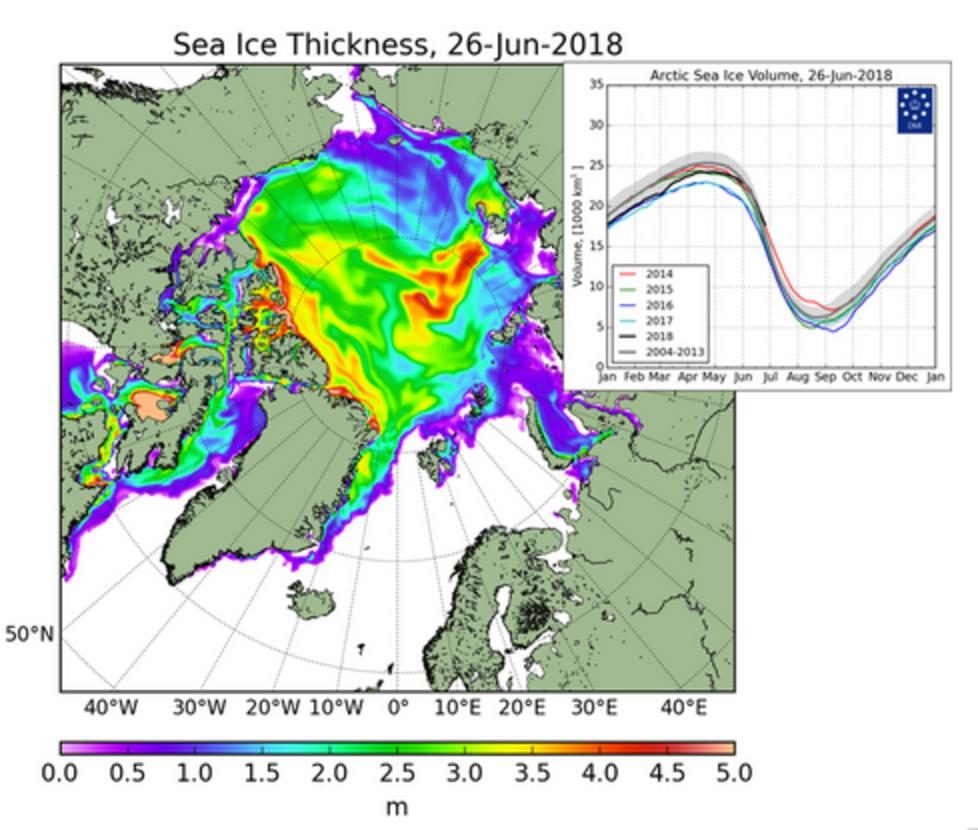
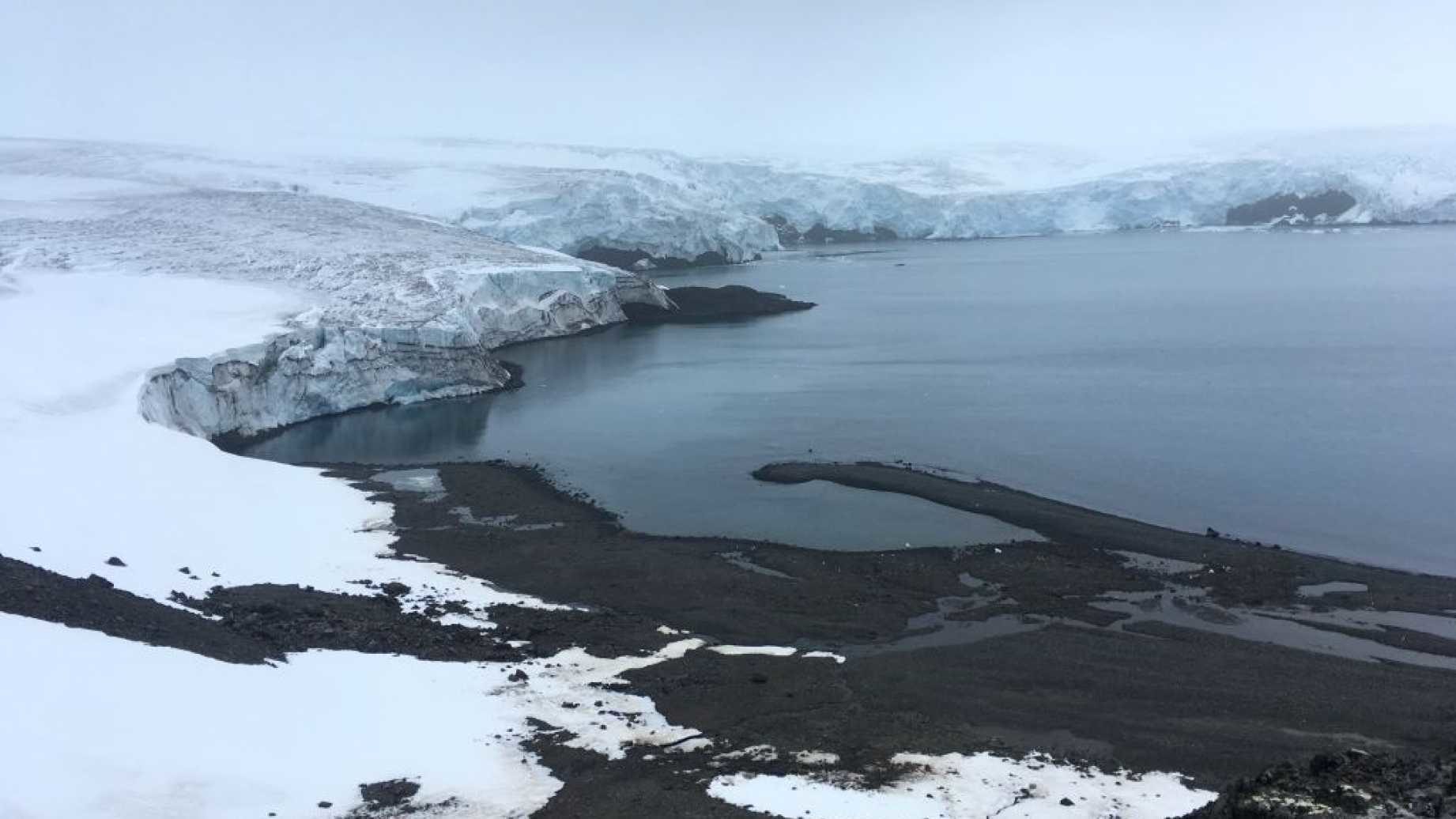
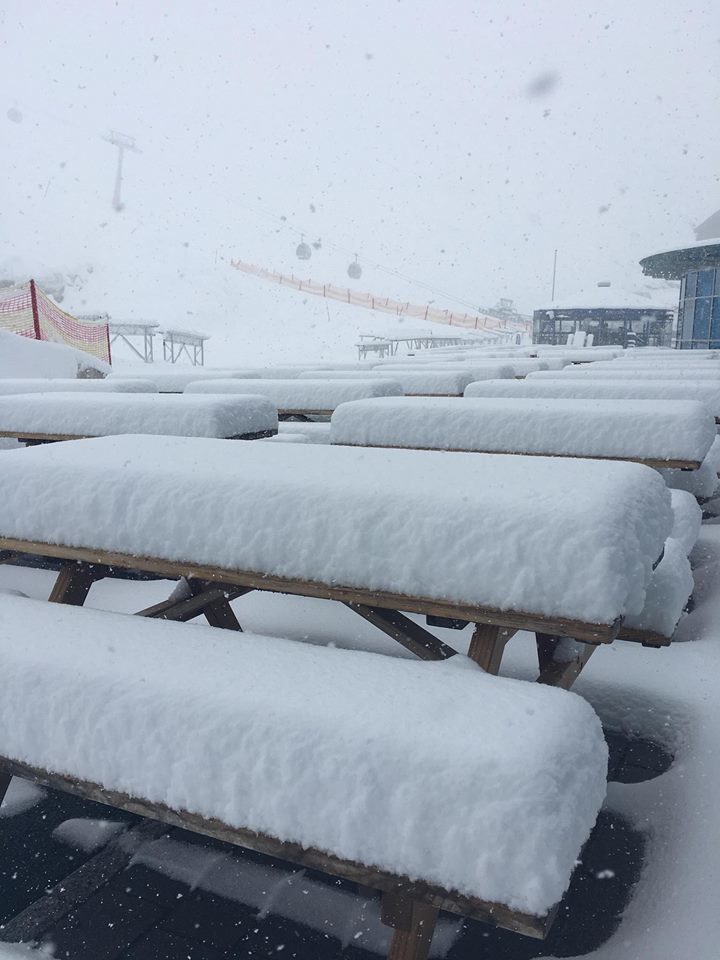


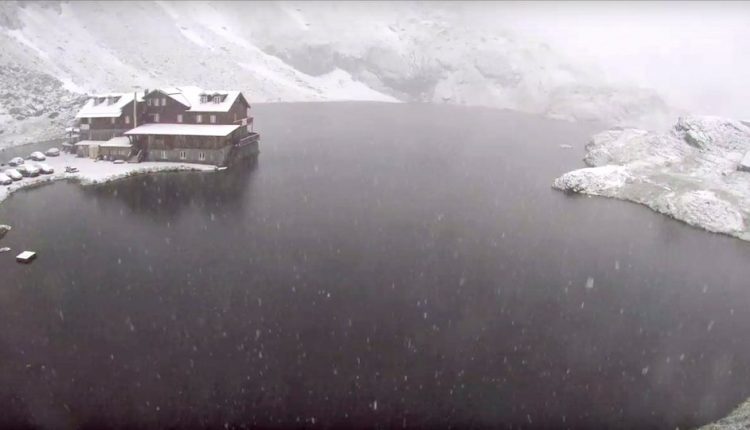
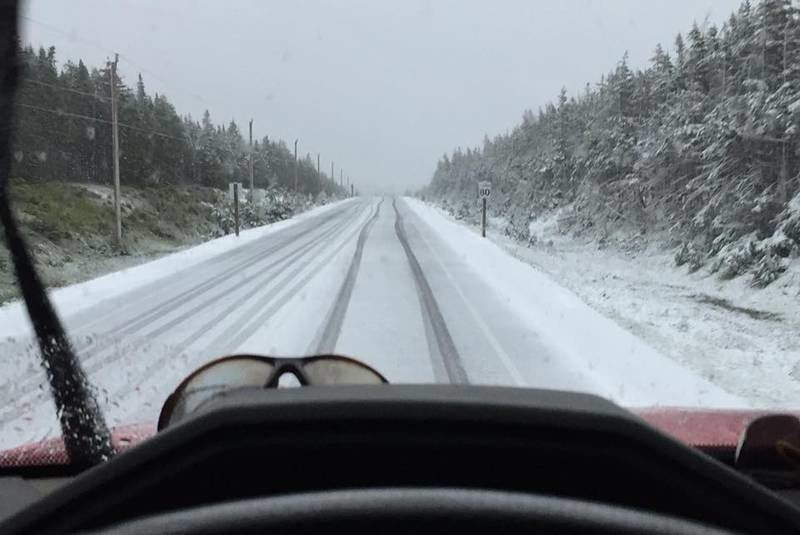
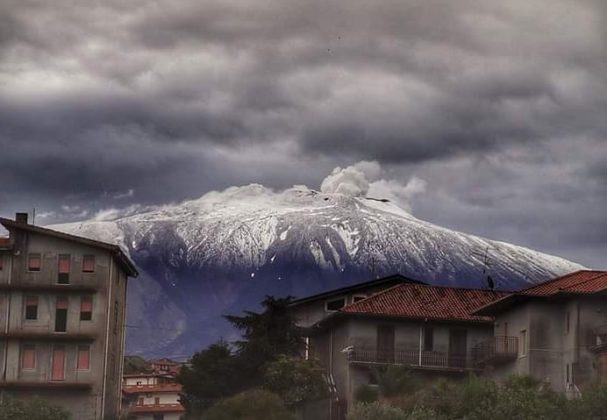
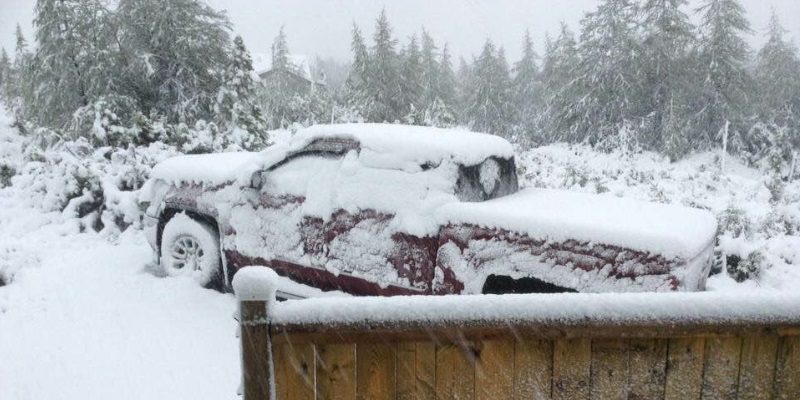



Comment: Evidence for global cooling can be seen all over the planet, and is increasingly becoming a threat to life as we know it: